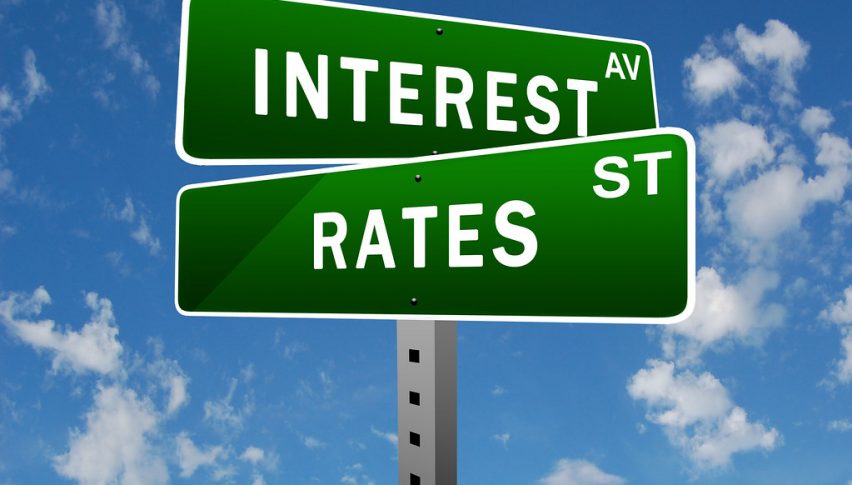What Happens Now That the FED Halted Rate Cuts?

The Federal Reserve (FED) starting hiking interest rates late in 2015 and increased them 9 times in total, by a total of 2.25%, bringing them to 2.50% by December lat year. US President Donald Trump was cursing them the whole time for contracting the monetary policy, but the global economic expansion until the middle of 2018 kept the FED optimistic, despite the beginning of a global trade war by then.
As the trade war escalated, the global economy weakened and manufacturing has fallen in recession or contraction in many big countries, including the US. Fears started creeping in, as other sectors of the US economy softened as well, such as inflation, consumer sentiment, services etc. As a result, the FED reversed their monetary policy and cut interest rates three times in the last three meetings.
Although, they suggested that they are done with rate cuts for now, but the odds for the next move still lean more on the dovish side. Whichever side they decide to take next, it’s certain that they have stalled rate cuts now, so what does it mean for markets and other central banks?
US Dollar
The USD was the strongest currency in 2018, since the FED was hiking interest rates at the fastest pace among central banks of developed nations. The uptrend in the USD continued in the first half of this year, as the rest of major economies weakened considerably, some of which fell in contraction, like in UK and Germany, while in Italy the economy fell in recession in Q2 of last year.
As a result, the rest of the major currencies apart form the USD and safe havens have been declining. Another strong reason for the decline has been the dovish reversal in major central banks and the rate cuts that have followed this year, particularly from the RZNB and the RBA, as well as from the ECB once. The FED has cut interest rates by 0.75% like the RBA and the RBNZ, but after a short lived decline, the USD has rebounded again and has resumed the long term bullish trend. So, now that the FED has stopped rate cuts, the chances are that the USD continues the climb higher. After all, the rest of the currencies are in a much worse position, apart from safe havens.
Stock Markets
Looser monetary policy and rate cuts are great for stock markets, as long as the global economy is not in a deep recession. Although, now that the FED has stopped rate cuts, doesn’t mean that the amount of cash circulating around will decline. It will be the same as after the last cut, in fact more since the effect of that cut take some time to filter into financial markets and the broader economy.
Besides that, stock markets have remained bullish when the FED has cut interest rates three times and has stopped. This scenario has happened in 1995-96 and in 1998. The FED has stopped after three rate cuts and the economy has improved,so stock have extended the bullish run. This seems to be the story now, the FED is done with rate cuts after three of them and we are starting to see some positive effect in the US economy and other major economies. At least the slowdown is not picking up pace further.

S&P continues the bullish march, despite the occasional hiccup
RBA & RBNZ
The Reserve Bank of Australia (RBA) started cutting interest rates in June and has cut rates three times since then. After cutting for the second time in July, they announced that they would follow the FED. the FED cut rates three times since then and the RBA cut rates once more. The same situation has been with the Reserve Bank of New Zealand. They cut rates twice, by 0.75% in total. They were expected to cut again this week, but they kept them on hold, which sent the NZD surging higher, as seen by the daily chart of NZD/USD below.

NZD/USD jumped nearly 100 pips after the RBNZ kept rates on hold this week
We also heard the RBA chairman Lowe admit earlier this month, that the rate cuts are having a positive impact on the Australian economy already. So, both central banks are expected to stop cutting interest rates further now. If the global economy improves and the trade war de-escalates, as it is doing,then commodity dollars might even turn bullish in the long term.
- Check out our free forex signals
- Follow the top economic events on FX Leaders economic calendar
- Trade better, discover more Forex Trading Strategies
- Open a FREE Trading Account


